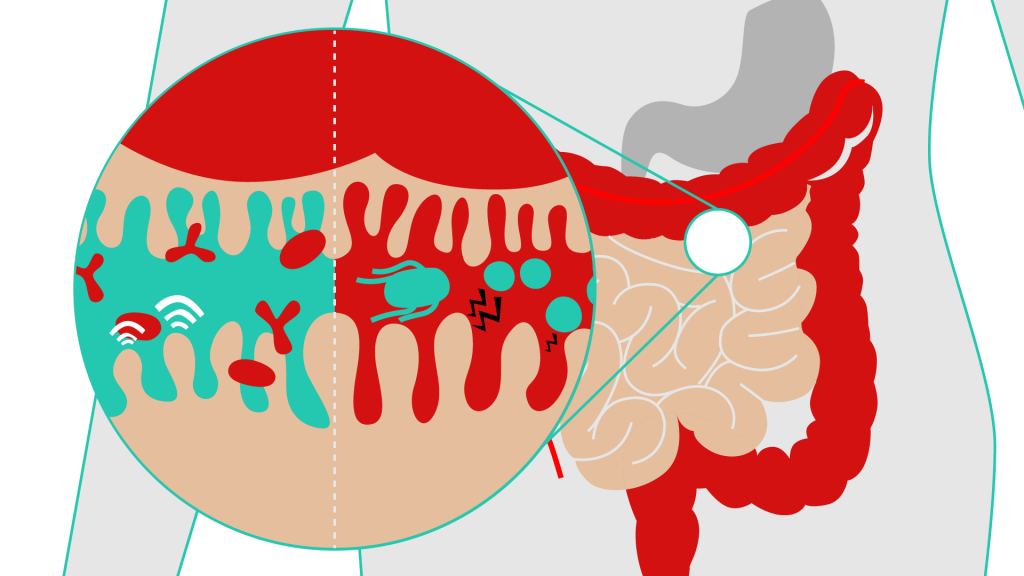Two-faced bacteria: Team solves mystery within gut’s microbiota

The gut microbiome, which is a collection of numerous beneficial bacteria species, is key to our overall well-being and good health. It aids in the development of our immune system, for example, and wards off pathogen infections.
Many deadly pathogens can move spontaneously, and their ability to infect is based on their response to different environmental cues. Major cues for the pathogens are the molecules (or metabolites) produced in the gut. Pathogens interpret distinctive metabolites differently and are either attracted to or repelled by them.
The metabolite indole is an example of a microbiome-produced small molecule that is abundant in the gut and is a powerful repellent for bacteria. Assistant Professor Pushkar Lele and Professor Arul Jayaraman from the Artie McFerrin Department of Chemical Engineering wanted to know why indole doesn’t repel the good gut bacteria along with the bad.
To answer this question, a research team including Lele, Jayaraman and Michael Manson from the Department of Biology studied the response of the beneficial gut bacteria Escherichia coli to indole. In an article in the Proceedings of the National Academy of Sciences, the researchers describe the discovery of a previously unknown response to indole, in which the molecule seems to both repel and attract bacteria.
This Janus response – named after the Roman god Janus who had two faces, one looking into the future and one looking into the past – has to do with the way indole is interpreted by the bacterial chemo-receptors.
“We found that there are two receptors in E. coli that sense indole,” Lele said. “One senses indole as a repellent, and one senses indole as an attractant. Sustained exposure to high concentrations of indole desensitizes the receptor that interprets it as a repellent. This leads to indole being sensed only as an attractant.”
More from the College of Engineering

